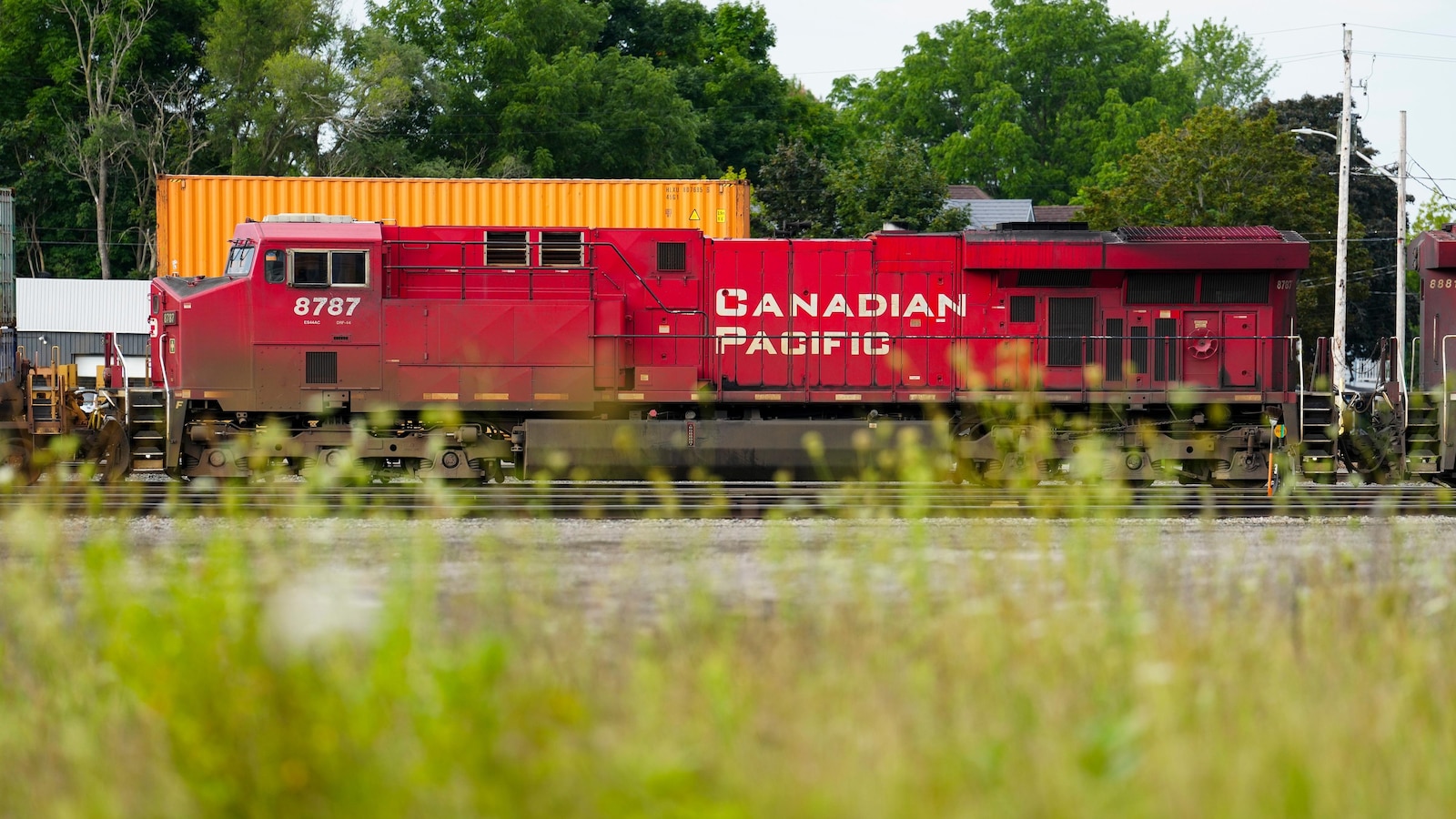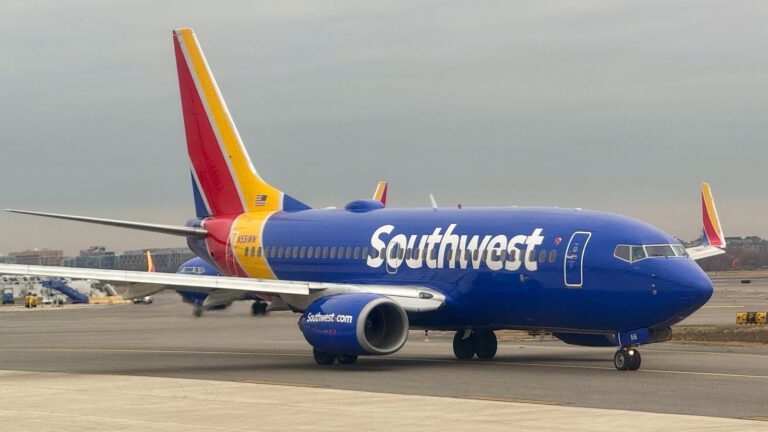Canada’s 2 major freight railroads at a full stop; government officials scramble
Canada’s two major freight railroads, Canadian National Railway (CN) and Canadian Pacific Railway (CP), have come to a full stop, causing chaos and confusion for government officials who rely on the efficient movement of goods across the country.
The sudden halt in operations was triggered by a labor dispute between the railway companies and their workers, who are demanding better pay and working conditions. The strike has brought the transportation of essential goods such as food, fuel, and raw materials to a standstill, leaving many businesses and industries in a state of limbo.
Government officials have been scrambling to find a solution to the crisis, as the economic impact of the rail stoppage is being felt across the country. The interruption in rail service has disrupted supply chains, leading to shortages of goods and higher prices for consumers.
The government has been in talks with both CN and CP to try and resolve the labor dispute and get the trains moving again. However, negotiations have been slow and tensions are running high between the railway companies and their workers.
In the meantime, alternative modes of transportation such as trucking and air freight have been utilized to try and mitigate the impact of the rail stoppage. However, these alternatives are not as efficient or cost-effective as rail transportation, and are only able to handle a fraction of the volume of goods that normally move by train.
The situation is a stark reminder of the importance of Canada’s freight railroads in keeping the economy moving. CN and CP are vital arteries that connect the country from coast to coast, and any disruption in their operations can have far-reaching consequences.
As the labor dispute drags on and the rail stoppage continues, the pressure is mounting on government officials to find a resolution and get the trains back on track. The future of Canada’s economy depends on it.






